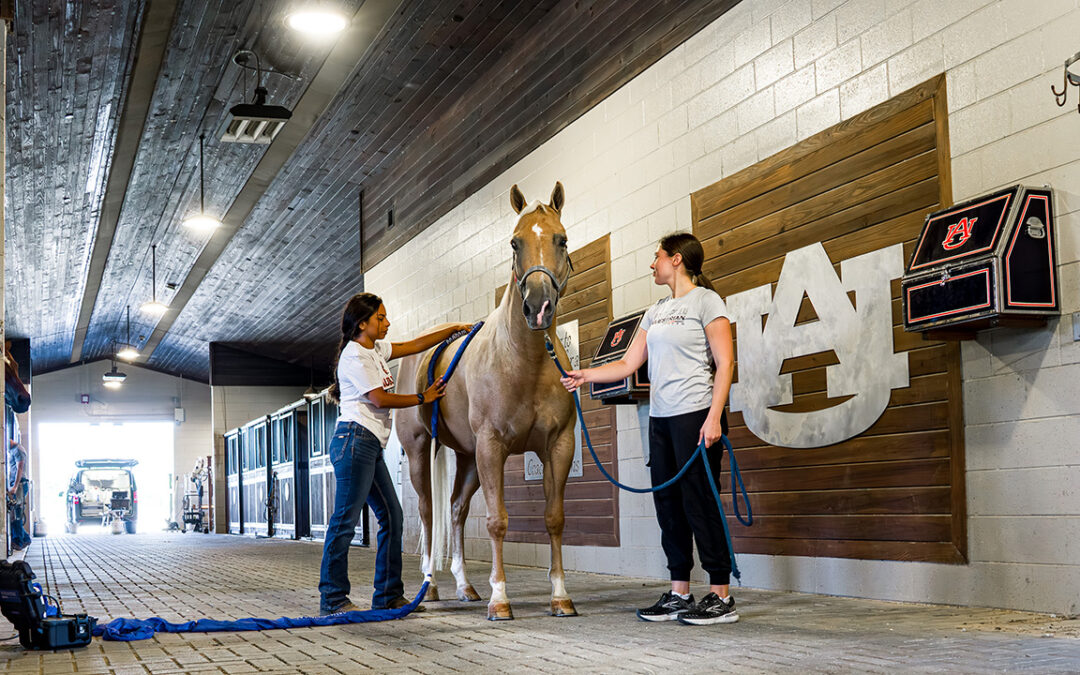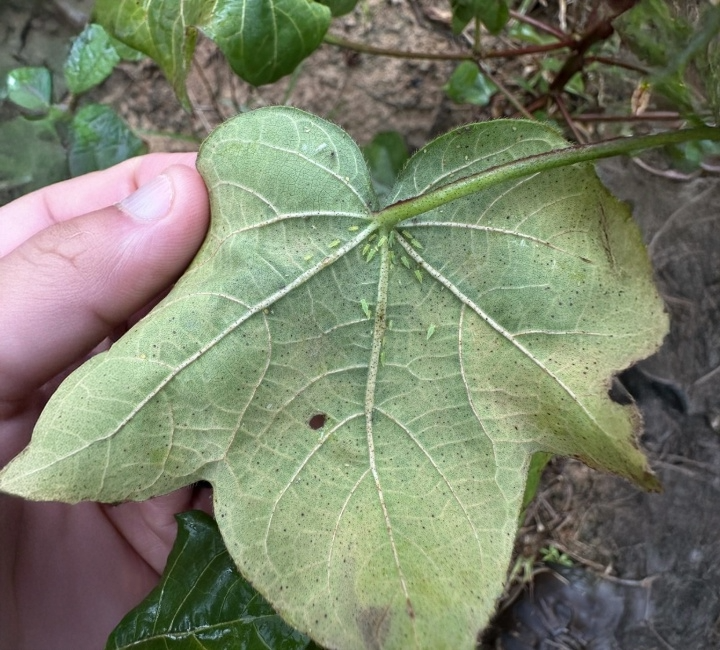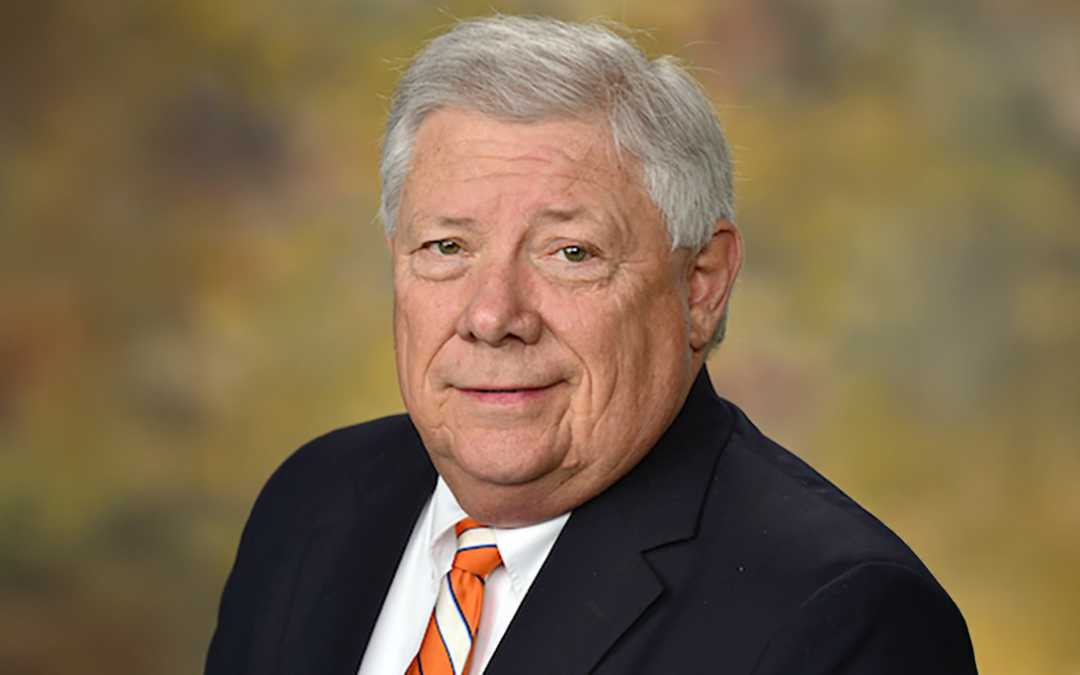Several College of Agriculture faculty members have been awarded promotion, tenure or both, effective fall semester 2019, Auburn Provost Bill Hardgrave has announced.
Seven of those individuals will begin the 2019-20 academic year as full professors. They include Eve Brantley and Brenda Ortiz, both in the Department of Crop, Soil and Environmental Sciences; Leonardo De La Fuente and David Held, both in the Department of Entomology and Plant Pathology; and, in the School of Fisheries, Aquaculture and Aquatic Sciences, Stephen “Ash” Bullard, Eric Peatman and Alan Wilson.
Advancing to the rank of associate professor with tenure will be David Blersch, Department of Biosystems Engineering; Nathanial Hardy, Department of Entomology and Plant Pathology; and Kim Mullinex, Department of Animal Sciences. In addition, animal sciences’ Carolyn Huntington will be promoted to senior lecturer.




